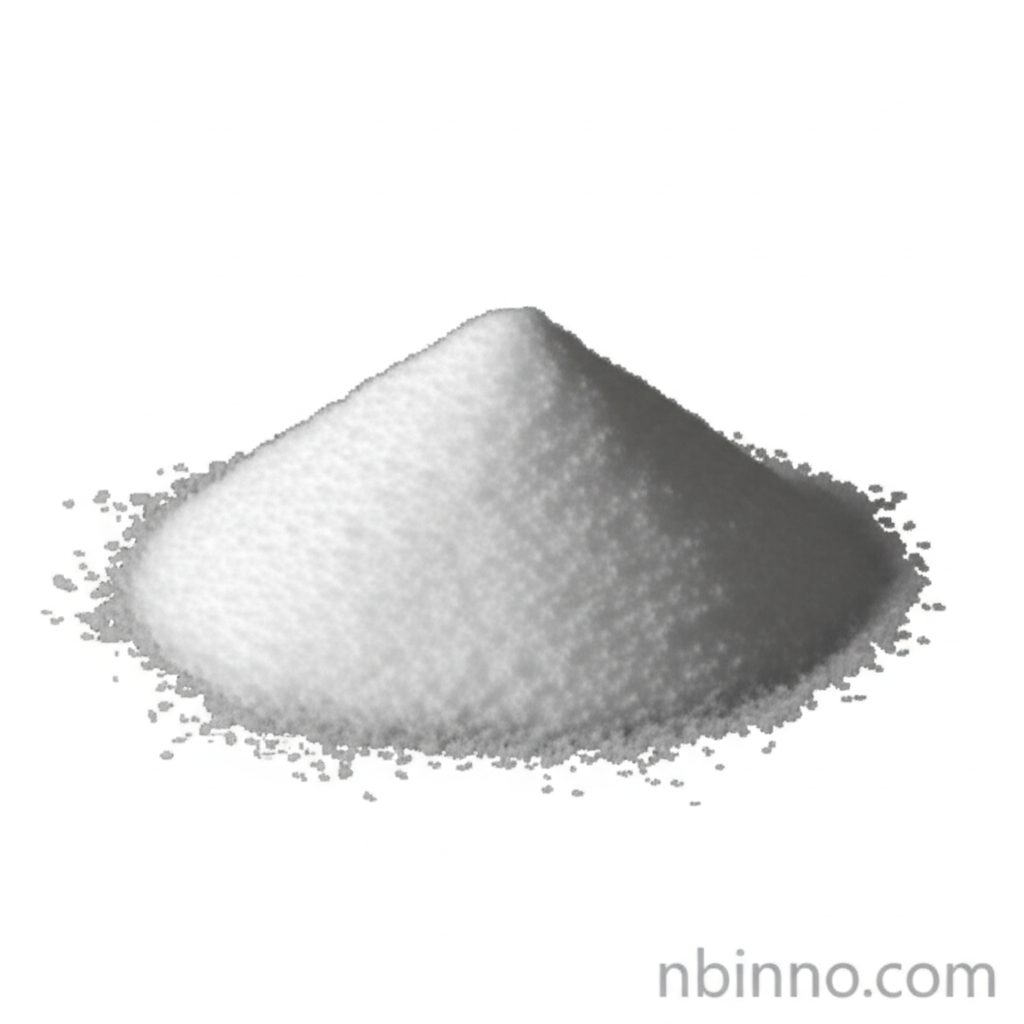3-Methylsalicylic Acid (CAS 83-40-9): A Key Intermediate for Dyes and Synthesis
Discover the essential properties and applications of 3-Methylsalicylic Acid, a vital component in the chemical industry.
Get a Quote & SampleProduct Core Value

3-Methylsalicylic Acid
This compound serves as a critical building block in the chemical industry, primarily recognized for its utility in producing a wide array of dyes. Its chemical structure makes it a valuable intermediate for organic synthesis, enabling the creation of complex molecules for various applications.
- Unlock vibrant colors with 3-methylsalicylic acid CAS 83-40-9 manufacturers, essential for advanced dyestuff formulations.
- Explore the multifaceted uses of 3-methylsalicylic acid in crafting sophisticated organic compounds.
- Understand the fundamental 3-methylsalicylic acid chemical properties that drive its efficacy as a synthesis intermediate.
- Benefit from the reliability of buy 3-methylsalicylic acid online from trusted suppliers for your research and production needs.
Key Advantages
Dye Manufacturing Excellence
Leverage the unique 3-methylsalicylic acid dyestuff intermediate capabilities to create high-performance dyes, enhancing product appeal and market presence.
Organic Synthesis Versatility
The compound's role as an organic synthesis intermediate 3-methylsalicylic acid offers significant advantages in developing novel chemicals and materials.
Chemical Purity and Reliability
Ensure consistent results by sourcing high-purity 3-Methylsalicylic Acid, making it a reliable choice for demanding chemical processes.
Key Applications
Dyestuff Production
As a core component in the manufacture of azo dyes and triphenylmethane dyes, 3-Methylsalicylic Acid is indispensable for achieving a spectrum of colors.
Organic Synthesis
Its reactive functional groups make it a highly sought-after intermediate in complex organic synthesis projects.
Fine Chemical Manufacturing
Used by leading 3-MS chemical suppliers, it is a staple for companies producing fine chemicals for various industrial sectors.
Research and Development
Essential for R&D, enabling chemists to explore new reaction pathways and material properties.
